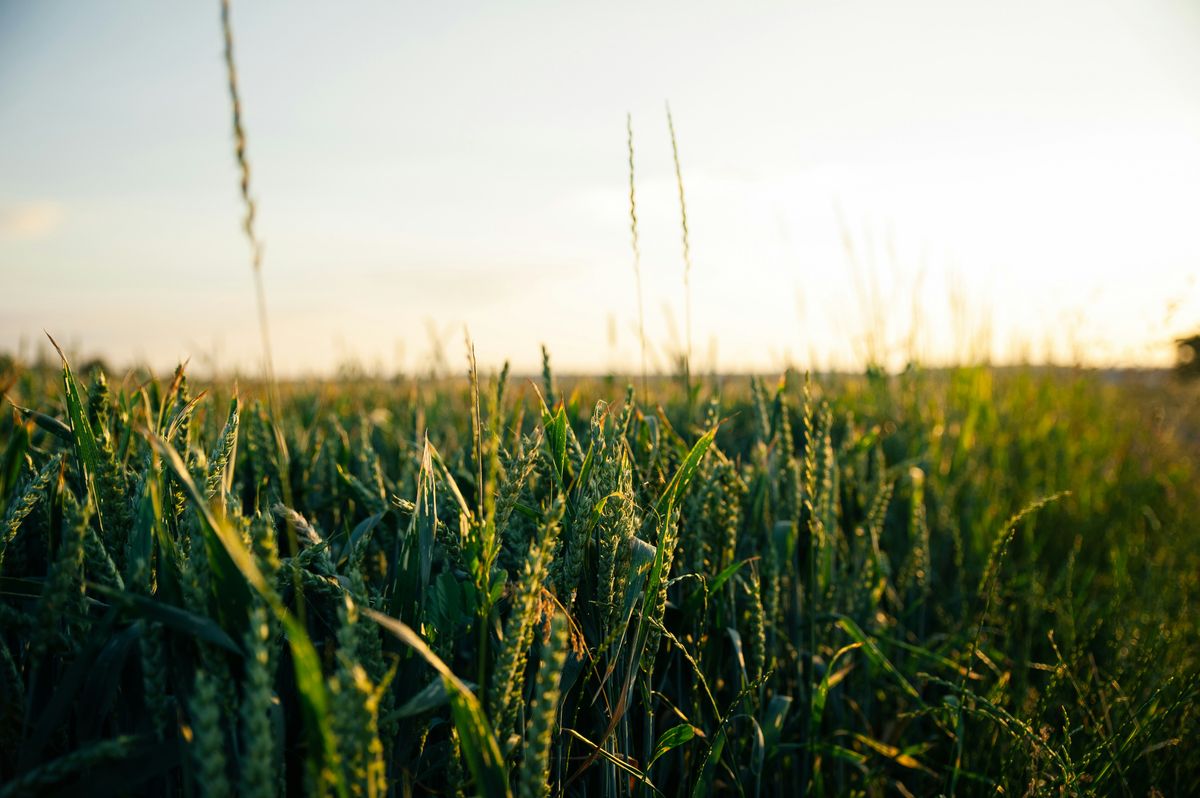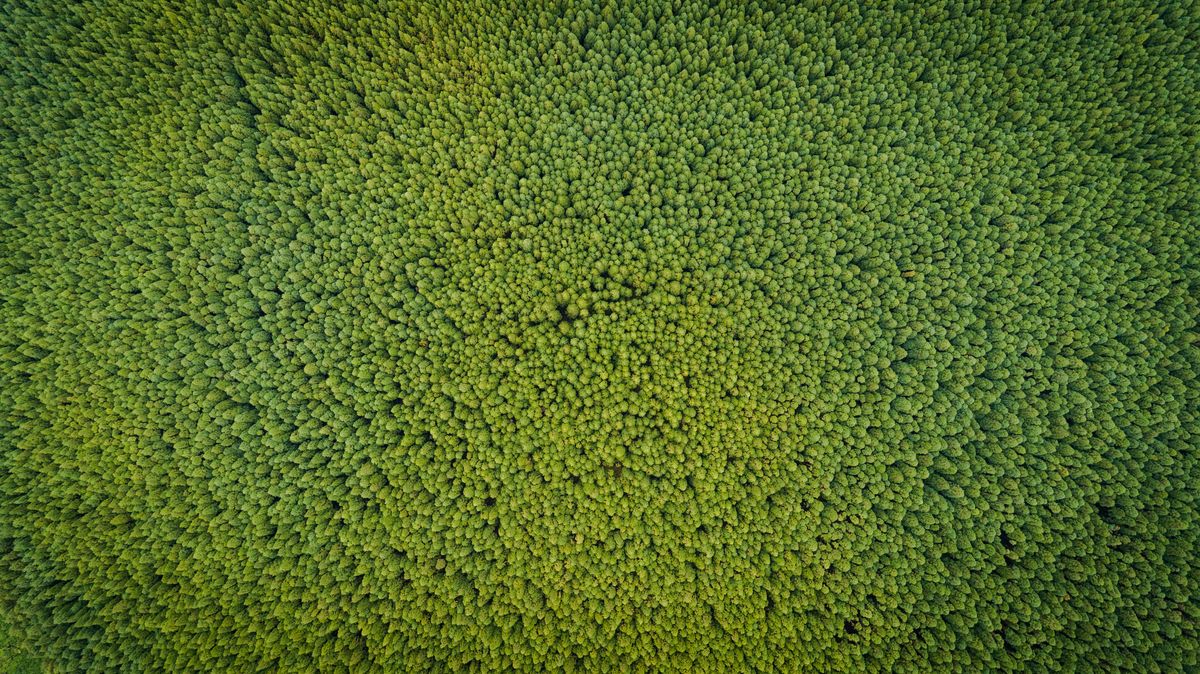Table of Contents
1. Precision Agriculture

Precision agriculture is revolutionizing the way farmers manage their crops and livestock. By integrating advanced technologies like GPS, sensors, and data analytics, farmers can now monitor and optimize every aspect of their operations with unprecedented accuracy. This targeted approach not only enhances crop yields but also promotes sustainable farming practices.
GPS technology is a cornerstone of precision agriculture, enabling precise field mapping and efficient application of inputs. Real-time weather monitoring further assists farmers in making timely decisions about sowing, irrigation, and crop selection.
With the aid of agronomic apps and IoT devices, precision agriculture allows for meticulous management of resources, reducing waste and improving crop health.
The benefits of precision agriculture are clear:
- Reduced input costs through efficient resource use
- Increased crop yields due to targeted interventions
- Enhanced sustainability by minimizing environmental impact
- Improved decision-making with real-time data and analytics
Embracing these innovative techniques is essential for modern agriculture to meet the challenges of a changing climate and a growing global population.
2. High-Yielding Crop Varieties

The quest for high-yielding crop varieties has been a game-changer in modern agriculture. Advances in genetic technology have led to the development of crops that not only produce more, but are also more resilient to pests, diseases, and environmental stresses such as drought.
The synergy between improved seed genetics and advanced management strategies has significantly increased crop yields, even under challenging conditions.
Farmers are now able to achieve remarkable yields, with some in northern Illinois surpassing 250 bushels per acre of corn, despite less than ideal rainfall. This is in part due to the ability of modern varieties to utilize moisture more efficiently. The impact of these advancements extends beyond the farm, enhancing food security and supporting rural economies.
Seed selection has evolved dramatically, with a focus on stress tolerance and moisture utilization. Agronomists emphasize the importance of aligning yield goals with the appropriate technology and management practices. Here’s a simple guide for farmers considering technology investments:
- Identify your yield goals.
- Assess the tools and technologies available.
- Determine the best investments for your specific conditions, whether it’s in genetics, soil fertility, or other areas.
3. Advanced Irrigation Systems

Advanced irrigation systems have revolutionized the way crops are watered, leading to significant increases in efficiency and crop yields. Precision irrigation techniques allow farmers to deliver the exact amount of water needed at the right time, minimizing waste and ensuring optimal plant growth.
Smart irrigation systems integrate sensors and data analytics to monitor soil moisture and weather conditions, adjusting water delivery in real-time. This not only conserves water but also reduces the energy required for pumping and distribution.
- Drip irrigation: Delivers water directly to the plant roots, reducing evaporation.
- Sprinkler systems: Can cover large areas and are often automated.
- Subsurface irrigation: Minimizes water loss and is ideal for certain soil types.
By adopting advanced irrigation systems, farmers can achieve a more sustainable and profitable agricultural practice, ensuring that water resources are used judiciously while maintaining high productivity.
4. Integrated Pest Management

Integrated Pest Management (IPM) is a sustainable approach to managing pests by combining biological, cultural, physical, and chemical tools in a way that minimizes economic, health, and environmental risks. IPM emphasizes the growth of a healthy crop with the least possible disruption to agro-ecosystems and encourages natural pest control mechanisms.
Precision is key in IPM, as it involves careful monitoring to identify pest populations and determine the appropriate control strategy at the right time. This targeted approach helps to reduce the overuse of pesticides, thereby protecting beneficial organisms and reducing the risk of developing pesticide-resistant pests.
By integrating AI and IoT technologies, farmers can enhance IPM strategies, achieving more precise control and better crop health.
Here are some essential components of IPM:
- Regular monitoring and identification of pests
- Use of resistant varieties
- Application of biological control agents
- Adoption of cultural practices to reduce pest habitat
- Precise use of chemical controls when necessary
The implementation of IPM can lead to significant improvements in crop yield and quality, while also promoting environmental stewardship.
5. Conservation Tillage

Conservation tillage is a sustainable farming practice that reduces soil erosion and improves soil health. By minimizing soil disturbance, farmers can maintain organic matter and enhance the soil’s ability to retain moisture and nutrients. This approach not only conserves soil but also contributes to higher crop yields.
Key benefits of conservation tillage include:
- Reduced fuel and labor costs
- Improved water infiltration
- Enhanced soil structure
- Increased biodiversity
Conservation tillage is particularly effective when combined with other sustainable practices such as cover cropping and crop rotation. Farmers who adopt this technique often see a decrease in the need for chemical inputs, which can lead to long-term economic and environmental benefits.
Conservation tillage represents a shift towards more responsible land management, ensuring that the productivity of the land can be sustained for future generations.
6. Crop Rotation Techniques

Crop rotation is a time-tested farming practice that involves alternating the types of crops grown on a piece of land from season to season. This technique is crucial for maintaining soil health, as it prevents the depletion of specific nutrients and disrupts the life cycles of pests and diseases. By rotating crops, farmers can reduce the reliance on fertilizers and pesticides, leading to a more sustainable agricultural system.
Crop rotation strategies not only improve soil health but also enhance yield stability over time. These strategies include integrating no-till farming, managing weeds and pests, and reducing the reliance on chemical inputs.
Here are some common crop rotation sequences:
- Legumes (e.g., beans, peas) followed by cereals (e.g., wheat, corn)
- Root crops (e.g., potatoes, carrots) followed by leafy greens (e.g., lettuce, spinach)
- Heavy feeders (e.g., corn, tomatoes) followed by light feeders (e.g., onions, radishes)
Each sequence is designed to replenish the soil with different nutrients and to break the cycle of pests and diseases associated with specific crops.
7. Organic Farming Practices

Organic farming practices represent a sustainable approach to agriculture that emphasizes the health of the soil, ecosystems, and people. It prioritizes the use of natural inputs and methods to enhance environmental quality and conserve biodiversity.
Benefits of Organic Farming:
- Reduced chemical runoff and pollution
- Enhanced soil fertility and structure
- Increased biodiversity
- Improved water conservation
Organic methods include crop rotation, green manure, compost, and biological pest control. By avoiding synthetic pesticides and fertilizers, organic farmers aim to maintain a balance within the farming ecosystem. This approach not only supports sustainable agriculture but also can lead to healthier and more nutritious food products.
Organic farming is not just a set of techniques; it’s a philosophy that integrates plant and animal production practices with a profound respect for nature.
While organic farming is beneficial in many ways, it also presents challenges such as higher labor costs and lower yields compared to conventional methods. However, the long-term benefits of preserving our environment and health often outweigh these challenges.
8. Satellite and Drone Crop Monitoring

The advent of satellite and drone technology has revolutionized the way farmers monitor their crops. Drones can survey over 160 acres in just an hour, while satellites provide detailed imagery every 24 hours, enabling the identification of weed species, plant heights, population densities, and crop damage.
This data is crucial for farmers to quickly pinpoint issues such as water stress or pest infestations, leading to more precise and environmentally friendly farming practices.
By consistently tracking their fields, farmers can observe trends and make informed decisions. For example, a wheat farmer in Colorado uses weekly satellite imagery to assess crop and soil health, likening it to an “x-ray” of the farm’s condition. The ability to manage crops with such detail means precision agriculture has taken on a new dimension.
Benefits of Satellite and Drone Monitoring:
- Immediate detection of changes in crop conditions
- Targeted intervention with chemicals, fertilizers, or water
- Reduced environmental impact through efficient resource use
- Enhanced field scouting accuracy
Ultimately, these technologies help farmers maximize harvests and minimize field damage, ensuring a sustainable and productive agricultural future.
9. Smart Farming Technologies

Smart farming technologies represent a revolution in the agricultural sector, enhancing efficiency and productivity through the use of advanced tools and data analytics. Precision agriculture is at the forefront of this movement, utilizing a variety of innovative tools to tailor farming practices to the specific needs of crops and soil.
Smart farming is not just about the technology itself, but how it integrates into daily farming operations. For instance, soil sensors measure moisture levels and temperature, providing critical data that can be acted upon in real-time. GPS technology ensures precise application of inputs, reducing waste and protecting the environment. Weather monitoring systems inform farmers about the best times for sowing and irrigation, leading to better crop management.
The integration of smart technologies into farming practices is a game-changer, enabling farmers to make decisions that are both economically and environmentally sustainable.
Here are some key technologies and their benefits:
- Soil Sensor: Monitors soil conditions, informing irrigation and fertilization.
- GPS Technology: Enhances precision in planting and input application.
- Weather Monitoring: Provides real-time data for optimal farming decisions.
10. Soil Health Management

Soil health is the foundation of productive farming practices. Maintaining a robust soil ecosystem is essential for sustainable crop yields and overall farm resilience. By focusing on soil health, farmers can improve water retention, nutrient availability, and disease suppression, leading to healthier crops and higher yields.
Soil health management involves a variety of practices, including:
- Crop diversification to enhance soil biodiversity
- Use of cover crops to prevent soil erosion
- Regular soil testing to monitor nutrient levels and pH
- Incorporation of organic matter, such as compost, to improve soil structure
Emphasizing soil health not only benefits the current crop cycle but also ensures the long-term viability of farming land. It’s a strategic investment in the future of agriculture.
Understanding the impact of different management practices on soil health is crucial. Farmers can adopt a tailored approach to soil management by considering the specific needs of their soil and crops.
5 Tips and Techniques for Growing Eggplant: From Seed to Plate


